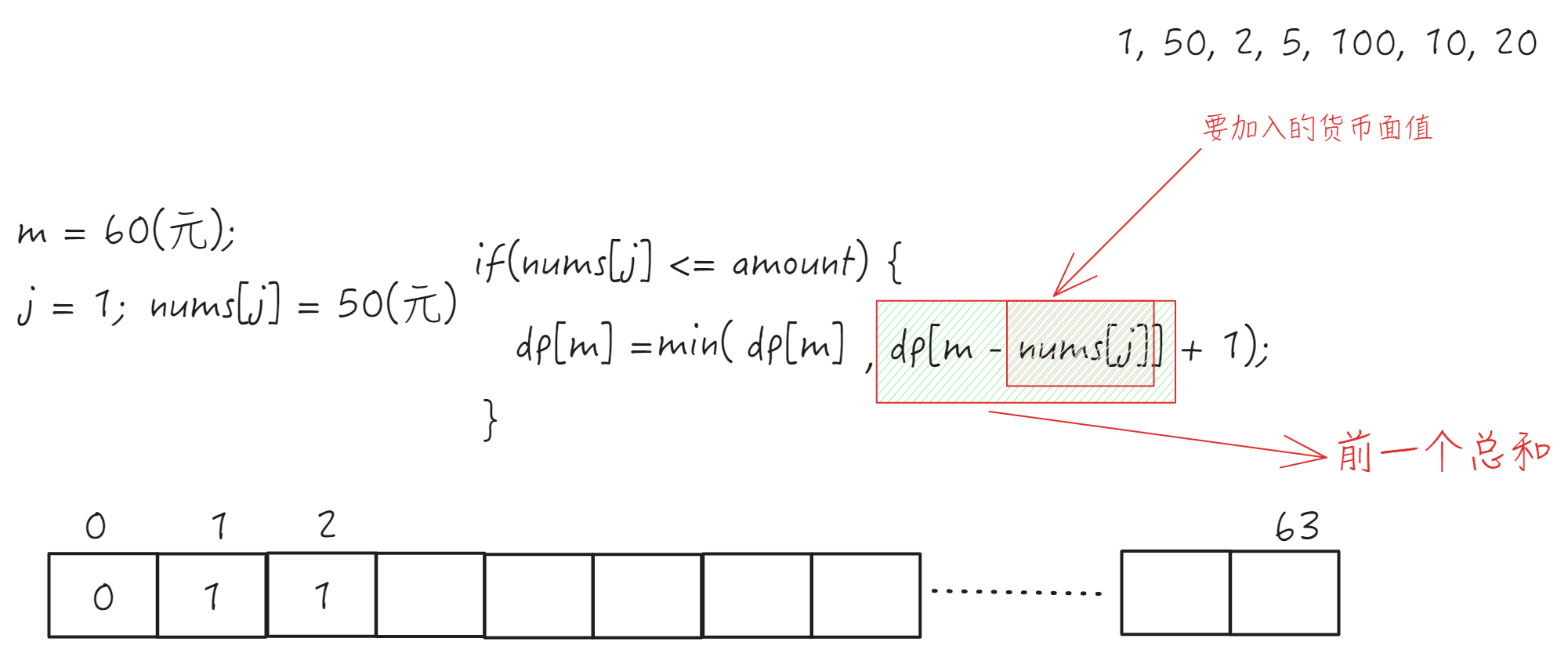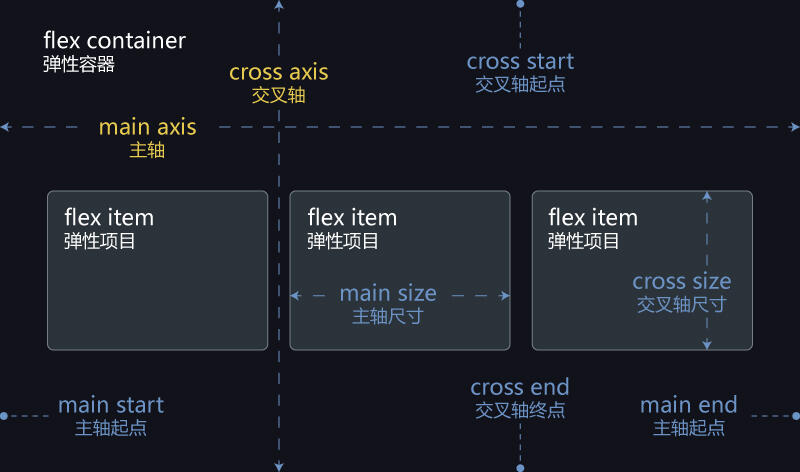实验复现来源
https://zhuanlan.zhihu.com/p/603486955
该文章主要解决问题:
1.加深对图神经网络数据集的理解
2.加深对图神经网络模型中喂数据中维度变化的理解
原理问题在另一篇文章分析:
介绍数据集:cora数据集
其中的主要内容表示为一堆文章,有自己的特征内容,有自己的编号,有自己的类别(标签),相互引用的关系构成了图。
cora.content:包含特征编号,特征内容,特征类别(标签)
31336 0 0 0 0 0 0 ....0 Neural_Networks
1061127 0 0 0 0 0 0 ....0 Rule_Learning
1106406 0 0 0 0 0 0 ....0 Reinforcement_Learning
13195 0 0 0 0 0 0 ....0 Reinforcement_Learning
37879 0 0 0 0 0 0 ....0 Probabilistic_Methods1.其中左面第一列表示特征编号
2.中间的内容表示特征内容(1433维)
3.右面的最后一列表示标签
cora.cite:引用关系,也称作边
35 1033
35 103482
35 103515
35 1050679
35 1103960
35 1103985
35 1109199
35 1112911左面第一列表示起始点(序号),右面表示终止点(序号),其中一行表示一个边,表示两个点的连接
以点作为主要特征进行分类
首先先看一下GCN网络的参数部分


self.conv1 = GCNConv(in_channels=16, out_channels=32, add_self_loops=True, normalize=True)
主要参数就是输入的维度,输出的维度

# 前向传播时调用
output = self.conv1(x, edge_index, edge_weight)
主要的参数为结点的特征矩阵与图的连接关系
也就是说数据需要预处理成结点的特征矩阵,然后单独的标签,再预处理出图的连接关系
分为三个部分。
1.数据预处理
from plistlib import Data
from torch_geometric.data import Data
import torch
#print(torch.__version__)
import torch.nn.functional as F
# import sys
# print(sys.executable)
# import torch_geometric
# print(torch_geometric.__version__)
datasetPath = 'E:/pytorch/pytorch exercise/Graph neural network/Cora dataset/cora'
node_feature_file = 'E:/pytorch/pytorch exercise/Graph neural network/Cora dataset/cora/Cora.content'
edge_file = 'E:/pytorch/pytorch exercise/Graph neural network/Cora dataset/cora/Cora.cites'
label_mapping = {}
node_features = []
node_labels = []
node_ids = {} #特征数
# 定义一个计数器,遍历所有可能的标签
current_label = 0
with open(node_feature_file,'r') as f:
for line in f:
parts = line.strip().split('\t')
node_id = int(parts[0])
features = list(map(float, parts[1:-1])) # 特征
label_str = parts[-1]
if label_str not in label_mapping:
label_mapping[label_str] = current_label
current_label +=1
# 将标签转换为整数
label = label_mapping[label_str]
node_ids[node_id] = len(node_features) #补充结点索引
node_features.append(features) #将节点特征依次按照数量拼接在一起
node_labels.append(label)
#print(node_ids)
# 将节点特征和标签转换为 tensor
node_features = torch.tensor(node_features, dtype=torch.float)
# 输出张量的形状
print(node_features.shape)
# 或者使用 .size() 也能得到相同的结果
print(node_features.size())
node_labels = torch.tensor(node_labels, dtype=torch.long)
print("node_labels size = ",node_labels.size())
edge_index = []
with open(edge_file, 'r') as f:
for line in f:
parts = line.strip().split('\t')
source = int(parts[0]) # 源节点
target = int(parts[1]) # 目标节点
source_idx = node_ids[source] # 获取节点ID的索引
target_idx = node_ids[target]
edge_index.append([source_idx, target_idx])#引用边的信息,生成边的索引集合
# print(source_idx)
# print(target_idx)
edge_index = torch.tensor(edge_index, dtype=torch.long).t().contiguous()
print("edge_index size = ",edge_index.size())
#print(edge_index.shape())
data = Data(x=node_features, edge_index=edge_index, y=node_labels)
# 输出数据的一些信息
print(f'节点特征矩阵 shape: {data.x.shape}')
print(f'边的连接关系 (edge_index) shape: {data.edge_index.shape}')
print(f'节点标签 shape: {data.y.shape}')
# 输出第一个节点的特征和标签
print(f'节点 0 的特征: {data.x[0]}')
print(f'节点 0 的标签: {data.y[0]}')
其中
node_features表示所有点的特征结合在一起
node_labels表示所有标签集中在一起
node_ids表示特征点的个数
首先是从数据集中抽取特征矩阵的过程
with open(node_feature_file,'r') as f: #打开文件
for line in f: #按照行为单位,开始进行遍历
parts = line.strip().split('\t')#删除其他空格与回车
node_id = int(parts[0]) #将第一个元素放入node_id
features = list(map(float, parts[1:-1])) # 将第二个到倒数第二个元素一并放入features
label_str = parts[-1] #最后一个元素放入标签
if label_str not in label_mapping: #处理标签为null的情况
label_mapping[label_str] = current_label
current_label +=1
# 将标签转换为整数
label = label_mapping[label_str]
node_ids[node_id] = len(node_features) #补充结点索引
#为新的node_id分配一个新的整数索引,比如第一个元素node-id=35422,那么就是node_ids[35422] = 1
#也就是为第一个名字为35422的节点编辑了一个序号1,表示第一个元素
node_features.append(features) #将节点特征依次按照数量拼接在一起
node_labels.append(label) #拼接标签到一个集合中 从数据集中提取边的集合
edge_index = []
with open(edge_file, 'r') as f:
for line in f:
parts = line.strip().split('\t')
source = int(parts[0]) # 源节点
target = int(parts[1]) # 目标节点
source_idx = node_ids[source] # 获取节点ID的索引
target_idx = node_ids[target]
edge_index.append([source_idx, target_idx])#引用边的信息,生成边的索引集合转换成data对象
edge_index = torch.tensor(edge_index, dtype=torch.long).t().contiguous()
data = Data(x=node_features, edge_index=edge_index, y=node_labels)简易的模型
class Net(torch.nn.Module):
def __init__(self):
super(Net, self).__init__()
self.conv1 = GCNConv(data.x.size(1), 16) # 输入特征维度是 data.x.size(1),输出 16 个特征
# 计算类别数,假设 data.y 是节点标签
num_classes = data.y.max().item() + 1 # 获取类别数
# 第二层卷积层,输出类别数个特征
self.conv2 = GCNConv(16, num_classes)
def forward(self,x,edge_index):
x = self.conv1(x, edge_index) #输入特征矩阵与边的索引集合
x = F.relu(x) #卷积后激活
x = self.conv2(x, edge_index)
return F.log_softmax(x, dim=1)









![[ DOS 命令基础 3 ] DOS 命令详解-文件操作相关命令](https://i-blog.csdnimg.cn/direct/a3c36db534774a71bd191b1a65954983.png)








